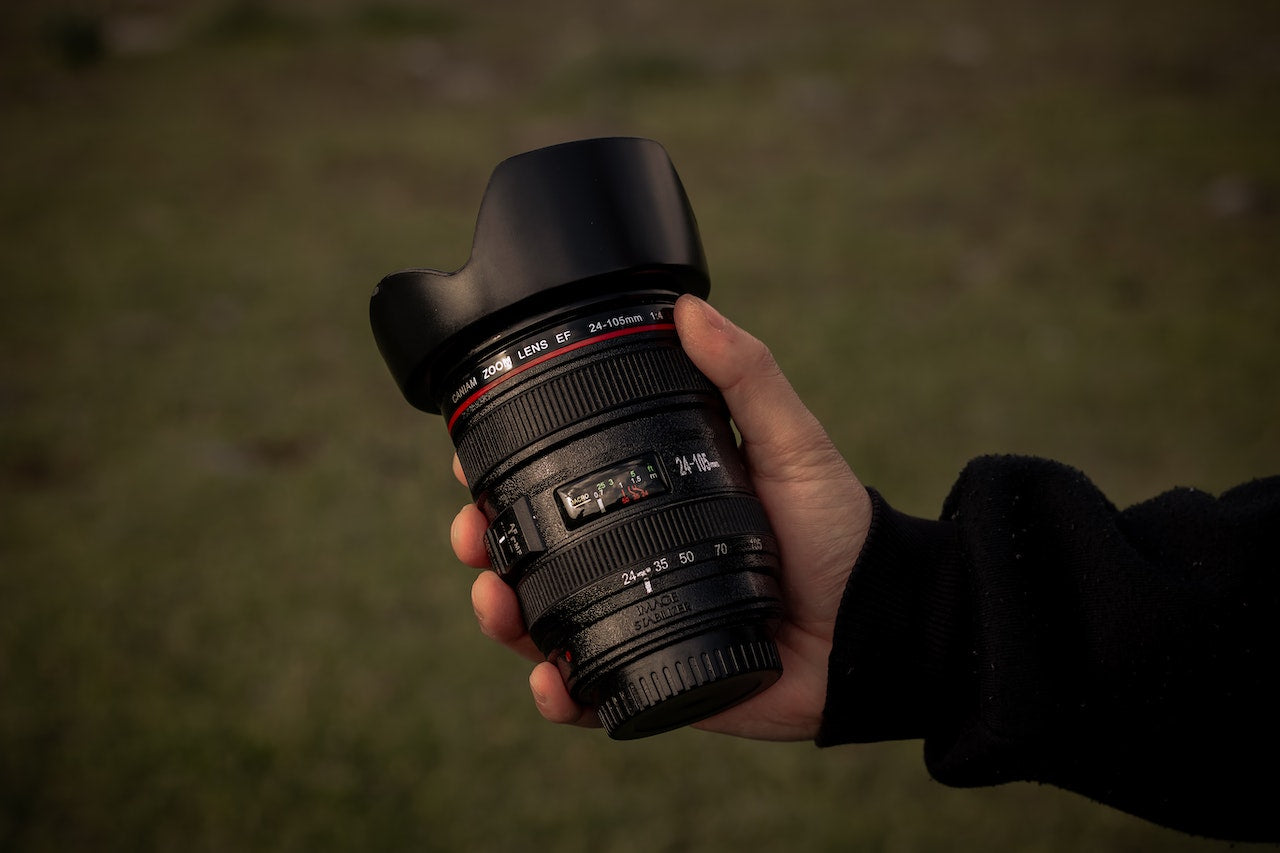If you are a photographer, you might have heard of the term "the holy trinity of lenses". But what does it mean and why is it so important?
Today, we will explain what the lens trinity is, how it got its name, and what are the benefits and drawbacks of owning one.
What is the lens trinity?
The lens trinity is a set of three zoom lenses that cover a wide range of focal lengths, from wide-angle to telephoto.
Typically, the lens trinity consists of a 16-35mm f/2.8, a 24-70mm f/2.8, and a 70-200mm f/2.8 lens.
These lenses are designed to deliver high image quality, fast autofocus, and low light performance.
Related post: Nikon Reveals Four New Lenses In Its Latest Roadmap
Why is it called the lens trinity?
The term "the holy trinity of lenses" is not an official name, but rather a nickname given by photographers who consider these lenses to be essential for their work.
This made-up name implies that these lenses are versatile, reliable, and superior to other options. Some photographers also use the term "the unholy trinity" to refer to cheaper or lower quality alternatives.
In addition, some consider these lenses to be the three most important ones to have in one's kit. It covers all the necessary focal lengths without carrying too many lenses.

Full frame camera lens trinity
The lens trinity mentioned above is designed for full frame cameras, which have a sensor size of 36 x 24 mm.
They are the 16-35mm, 24-70mm, and the 70-200mm lenses.
Full frame cameras offer better image quality, dynamic range, and low light performance than smaller sensors.
However, they are also more expensive and heavier than crop sensor cameras.
Moreover, the full frame lens trinity is often included in the prosumer line up of a company.
For instance, the Canon L lenses include the trinity and it is distinguishable by a the famous red ring along the focus ring.
APS-C camera lens trinity
APS-C cameras have a smaller sensor size of 23.6 x 15.6 mm, which means that they have a crop factor of 1.5x or 1.6x depending on the brand.
This means that the focal length of a lens is multiplied by the crop factor when used on an APS-C camera.
For example, a 16-35mm lens becomes a 24-52mm lens on an APS-C camera.
Therefore, to achieve the same focal range as the full frame lens trinity, APS-C camera users need different lenses.
A common APS-C lens trinity is a 10-18mm f/4, a 17-55mm f/2.8, and a 55-250mm f/4-5.6 lens.

Holy trinity of prime lenses
Another option for photographers who want to cover a wide range of focal lengths is to use prime lenses instead of zoom lenses.
Prime lenses are fixed focal length lenses that have no zoom capability. They are usually faster, sharper, and lighter than zoom lenses, but they require more lens changes and may not be as versatile.
A common set of prime lenses that can match or exceed the performance of the zoom lens trinity is a 14mm f/2.8, a 35mm f/1.4, and an 85mm f/1.4 lens. Sometimes photographers would add the 135mm f/2 lens as a supplementary one to the trinity.
Lastly, the prime lens trinity is also more affordable than its zoom counterparts.
Should you buy the holy trinity of lenses?
The answer to this question depends on your budget, your style, and your needs as a photographer. The holy trinity of lenses offers many advantages, such as:
- Covering most shooting scenarios, from landscapes to portraits to wildlife
- Providing consistent image quality and performance across the focal range
- Reducing the need to switch lenses frequently and risk missing shots or damaging your gear
However, the holy trinity of lenses also has some drawbacks, such as:
- Being very expensive, especially for full frame cameras
- Being very heavy and bulky, which can be tiring and inconvenient to carry around
- Being less creative and challenging than using prime lenses or other focal lengths

Final Thoughts
The holy trinity of lenses is a popular and useful set of zoom lenses that can handle most photographic situations.
However, it is not a must-have for every photographer, as it comes with a high cost and weight.
Ultimately, you should choose the lenses that suit your style, your budget, and your goals as a photographer.

